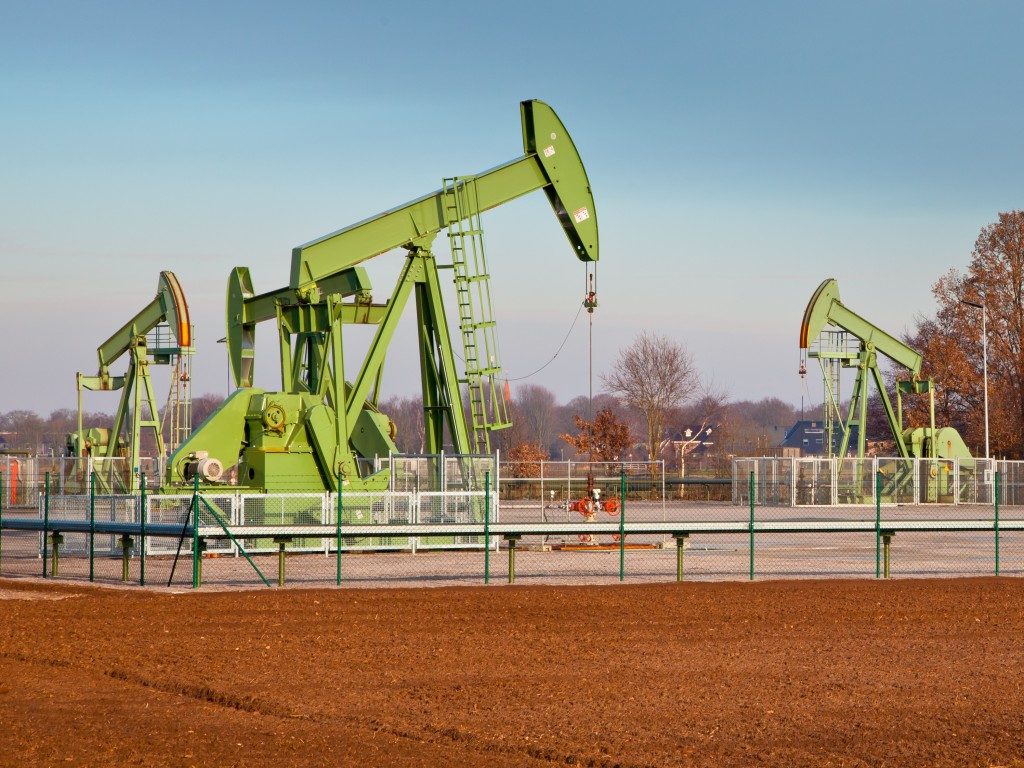Construction jobs are extremely important to support our expanding economy. But working in the construction industry can be extremely hazardous to the workers exposed to the daily risks of working on a construction site. The risks come from a variety of sources, such as falling debris or safety lapses, during the operation of heavy-duty machinery. To minimize risks of industrial accidents, make sure that you are aware of these safety rules while operating construction equipment:
1. Always have clear lines of communication.
Most accidents happen because there is a failure in communication. To prevent this from happening, make sure that you are in constant communication with other workers around you to coordinate all moving activities. This can be ensured through radio communication and clear signalling systems. Proper signaling and protocol needs to be followed and enforced through training sessions and safety drills. Part of effective communication includes wearing the right gear, with appropriate coloring and labeling to grab attention.
2. Repair faulty machines.
Failing to repair faulty machines is a sure cause of accidents. There should be regular safety checks conducted by professional inspectors on the ground. Logs should be kept, and any problems such as low levels of oil or a loose connection should be reported immediately, and evaluated. As soon as you notice something malfunctioning or coming loose in a machine, make sure to get it checked out by a service that offers heavy equipment repair in Salt Lake City. Never ignore minor glitches as these can later lead to serious problems such as a screw coming loose and jamming the operation.
3. Follow capacity limits and instructions.
Industrial machines usually come with strict guidelines about capacity limits and operational instructions. Make sure that you are not running a machine beyond its capacity as this can lead to parts falling off or breaking. Operate machines according to their manuals and instructions. The operational instructions for the same machine can be very different depending on the purpose it’s being used for.

4. Check for obstacles.
During operation, check for obstacles in your way. Be aware of machine blind spots as these large machines have proportionally large blind spots. Never stand behind an operational machine. Ideally, there should be a professional spotter on the floor to check for obstacles and coordinate traffic. Checking for obstacles includes digging safely in compliance with the law and being aware of any electrical lines or water pipes running through an area.
5. Use the three-point contact rule.
The three-point contact rule is an important work safety rule that should be followed strictly when mounting or dismounting a vehicle or heavy machinery. There should always be three points of contact between the person mounting or dismounting from a vehicle to minimize risks of falling. Mounting or dismounting from moving vehicles should be avoided at all times.
One can never be too cautious when working with heavy machinery. This is just the tip of the iceberg with safety precautions and principles to follow. Ensure that workers get well-timed breaks, and hold proper training sessions even for seasoned workers.

